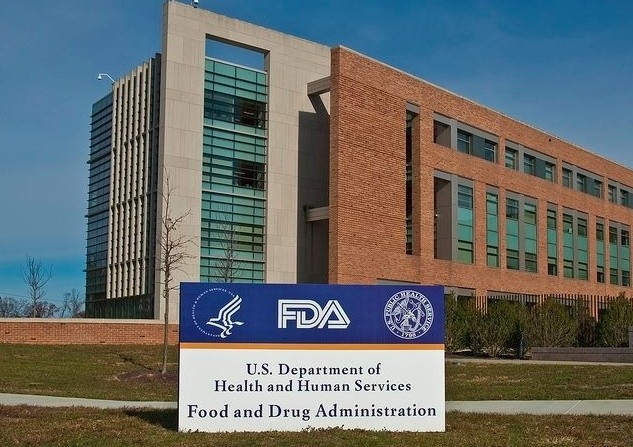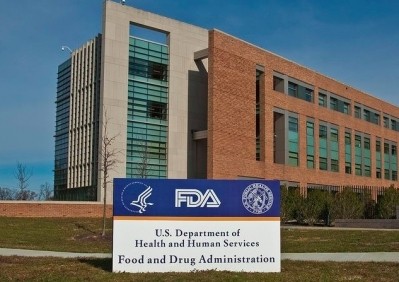ODI docket comments: Make the list big, or don’t make it at all

The issue has been percolating on the back burner ever since the US Food and Drug Administration released its first Draft Guidance on New Dietary Ingredients in 2011. It gathered steam after the updated version of the guidance was released last year. In that iteration, FDA indicated a willingness to work with industry to develop such a list. On Oct 3, 2017, the agency convened a meeting in Washington, DC, to discuss the idea, and opened a comment period that closed on Dec. 4.
Issue has simmered on back burner since 1994
An Old Dietary Ingredient (ODI) is one that was marketed prior to Oct. 15, 1994, the grandfather date written into DSHEA. There is a presumption of safety for these ingredients (which are also referred to as ‘pre-DSHEA’ ingredients), and a requirement to document the safety of ingredients developed thereafter, which is the basis of the NDI process. There were a number of lists of existing ingredients put together around the time DHSEA was enacted, but no action was taken at that time to officially recognize these lists. In the years since one compendium of ingredients, the second edition of Herbs of Commerce put out by the American Herbal Products Association, has been officially recognized as being authoritative. But this applies only to the nomenclature used to refer to botanical dietary ingredients; it doesn’t advance the issue as far as when those ingredients were on the market. Nor does it provide officially recognized clarity as to the specifications or safety of those ingredients.
There have been many questions raised about how an ingredient would qualify for an ODI list. What precisely does ‘marketed’ mean, for example? What kind of documentation could be agreed upon to prove that? Advertisements? Sales sheets? Production or delivery contracts? If an extract of a certain botanical could be shown to have been on the market then, how do modern extracts of possibly higher concentration or made with different extraction methods relate to that legacy form?
Comments on what list should look like: Go big or go home
Comments were received on the FDA docket from individuals as well as industry stakeholder organizations or companies. The main themes of most of the comments were: If a list is to be compiled, it ought to be inclusive, rather than restrictive. If the parameters used to determine eligibility are so restrictive as to create a short list, the result might of little use. And if a shorter than ideal list is the result, it should be made crystal clear that an ingredient’s regulatory status shouldn’t be impaired just because it didn’t make the list.
The Council for Responsible Nutrition urged FDA to consider the ‘big list’ model, and even suggested the list be expanded to include New Dietary Ingredients that have successful (or ‘no objection status’) notifications on file. That way, there would be one place to refer to for ingredients whose safety is acknowledged.
“CRN suggests that FDA expand the authoritative list to also include NDIs with a Notification filed without objection and NDIs that are potentially exempt from the Notification requirement. A broad list will help provide transparency and clarity as it would cover three potential types of dietary ingredients: pre-DSHEA dietary ingredients, NDIs with a successful Notification, and NDIs potentially exempt from the Notification requirement,” the group’s comments stated.
Nutraceutical Corporation commented that FDA ought to back off on its view of ‘chemical alteration,’ i.e. those processes that would so change an ODI as to require new safety data to be documented. At the moment FDA takes the view that the application of anything beyond standard ethanol and water extraction would make an old ingredient into a new one. Thus, the company said, many ingredients that are on the market would not qualify for the list unless this bottleneck were widened.
“Unless FDA reconsiders this position, a list of pre-DSHEA ingredients will be useless. Over the last 20+ years, many new technologies have been developed allowing more efficient manufacturing of products. Moreover, upon discovery of the effects of certain residual solvents contaminants, manufacturers have developed techniques that use less or avoid the of organic solvents, more efficiently remove contaminants such heavy metals, and have other benefits. Rather than throwing up roadblocks to innovation and improvements, FDA should encourage the of these modern technologies that not only may yield more pure ingredients, but also are more efficient and, in many instances, are more environmental friendly,” the company commented.
IPA: Identification of probiotics has advanced since 1994
The International Probiotics Association commented that probiotics are a special category of dietary ingredients unlike any other. In 1994, the identification of probiotic strains was still in its infancy. Identification beyond the genus and species down to the individual strain level—which IPA now advocates as the industry standard—was uncommon.
“The expansion of the scope of the welcomed ‘grandfathered list’ to capture not only pre-DSHEA ingredients but to also consider the established safety of use of bacterial strains that have been marketed in foods and can be generally presumed safe. We propose that such a list would be based on those Genera and species that are globally recognized as used historically in foods, and as safe and suitable for continued use in foods. Because all of these species have been used in foods, any new strain derived should be identified unequivocally as within a Genus and species on this list by using whole genome sequencing alignment,” IPA commented.
Cohen: A small, tight list is a safe list
A significant outlier to these comments was submitted by prominent industry critic Dr Pieter Cohen, MD of Harvard. Dr Cohen has been coauthor on several studies that have found banned substances in products marketed as dietary supplements, and has documented the poor quality control of the products his team sampled. Dr Cohen said a presumption of safety for ODIs could put the public at risk, and urged the agency to lean toward a tightly defined list that as much as possible is restricted to the forms the ingredients as they were in 1994.
“Ingredients on a ‘pre-DSHEA’ list will bypass any and all opportunities for pre-market safety evaluation,” Cohen commented.
“While the FDA has no system to track products that are on the market, the agency is nonetheless tasked with removing dangerous and adulterated supplements from the marketplace. Unfortunately, the FDA does not have an effective system to identify potentially dangerous supplements,” he wrote.
Is a list even necessary?
The Alliance for Natural Health commented that in light of what seems to be restrictive criteria for development of such a list, the effort might not be worth it. It concluded its comments by asking FDA not to go forward with the compilation of a list.
“An authoritative ODI list is not needed. Manufacturers and distributors are capable of determining on their own if a dietary ingredient is a NDI. Moreover, as Cara Welch, PhD, senior advisor in FDA’s Office of Dietary Supplement Programs, stated at a public meeting held on October 3, 2017, FDA is not required to put an authoritative list together. Moreover, there is no guarantee that the list will be helpful to FDA or industry, especially if only a handful of dietary ingredients can meet FDA’s strict criteria for inclusion on the list,” the group commented.
That’s one score on which Dr Cohen is in agreement with the industry. “I am not convinced that the time and effort the FDA would need to devote to creating a useful list would provide meaningful public health benefits at present . . . I would encourage the agency to focus attention on finalizing the guidance for new dietary ingredients, developing an FDA-based registry of products, revamping the system to detect hazardous products, and enhancing enforcement of the law,” he commented.

















